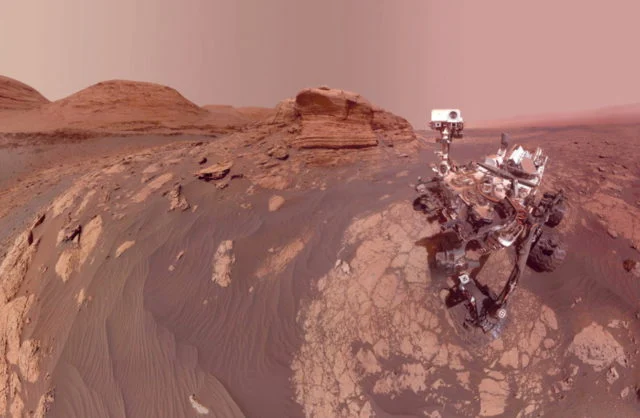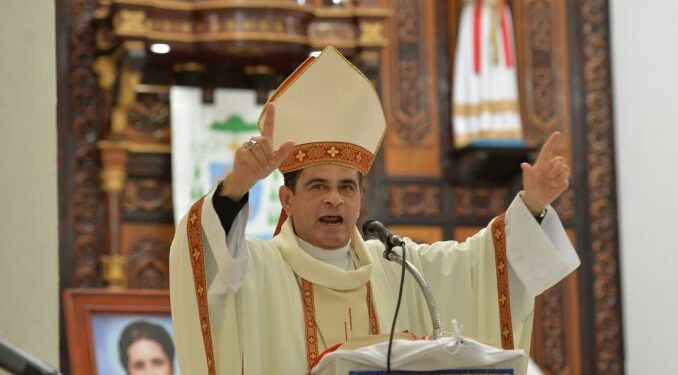NASA aims to make it possible for astronauts to live and work on the Moon by 2030 with the help of its Artemis missions, a NASA official said Sunday.
The first mission, Artemis I, began Wednesday after NASA launched its Orion spacecraft from Cape Canaveral, Florida, after a series of delays.
“Certainly in this decade, we’re going to have people living for periods of time, depending on how long we’re on the surface,” Orion spacecraft program chief Howard Hu said. “They will have habitats, they will have rovers on the ground. We’re going to send people to the surface, and they’re going to live on that surface and do science.”
What is planned for Artemis I?
Artemis I is the first part of the Artemis program, whose goal is to return astronauts to the Moon for the first time since Apollo 17 in 1972.
“We are going back to the Moon. We are working on a sustainable program and this is the vehicle that will carry the people who will get us back to the Moon.”
The Orion spacecraft will plot a course around the moon and back to earth, during which it will come within 60 miles of the moon, before returning to earth and landing in the Pacific Ocean off the coast of San Diego on December 11.
The spacecraft is manned by three fully equipped dummies to test flight conditions, along with several cubesats, small satellites that will carry out various scientific missions in deep space.
Artemis I will test new spacecraft systems by flying together for the first time, without a crew. If it concludes successfully, the mission will be followed by Artemis II and Artemis III.
The second mission will take astronauts on a test flight around the Moon.
The third flight will take the first woman and the first person of color to the Moon, but it is not scheduled to launch until 2026.
first challenges
The mission used NASA’s long-delayed Space Launch System (SLS) rocket, the most powerful operational launch vehicle in history, to launch, and at its conclusion will be the farthest space mission in history.
On Friday, Orion is expected to enter a “far retrograde orbit,” traveling around the Moon at a high altitude and in the opposite direction that the Moon travels around Earth.
The planned trajectory will “test” the spacecraft, said Michael Sarafin, NASA’s Artemis mission manager, as it is intended to take humans on farther and longer missions than have been attempted so far.
It will need to be able to transport and sustain crew in space, withstand return speeds during reentry from deep space, and abort missions safely in an emergency.

Sarafin told reporters on Friday that overall the spacecraft is performing “very well,” though the team has had to overcome some challenges.
For example, most cubesats are working fine and have communicated with mission control after launch, but some have not and may have missed their last chance.
“We are seeing things that do not match our predictions. And the team is spending time going through that with a fine-tooth comb to make sure there’s not something else in there that’s potentially a latent issue.”
The first step to deep space exploration
Orion, SLS and a planned space station called “Lunar Gateway” are major components of NASA’s plans to build a sustainable infrastructure for human exploration in deep space.

“The advance is really towards Mars,” Hu stressed. “That’s a bigger step, a two-year journey, so it’s going to be really important to learn beyond our Earth orbit.”
Information of: The Jerusalem Post











